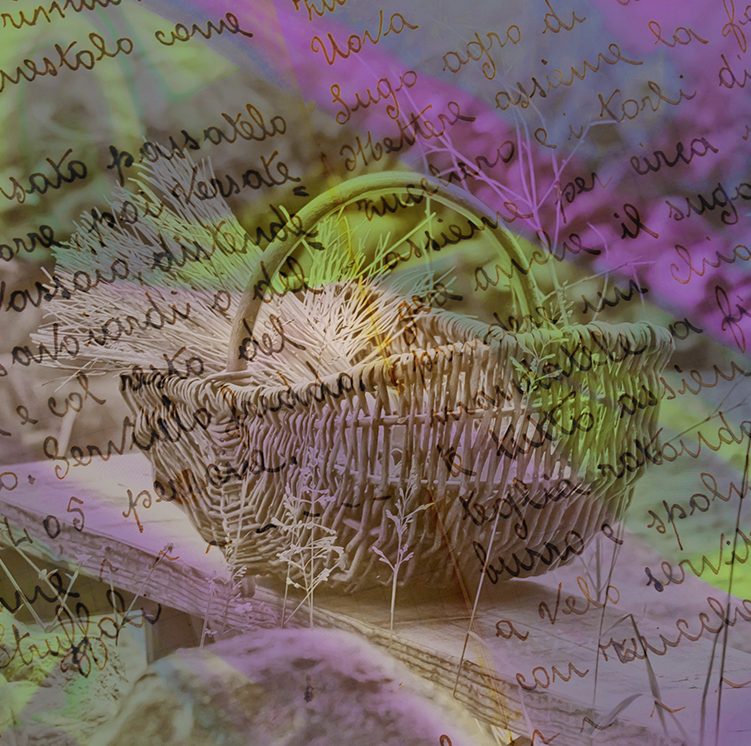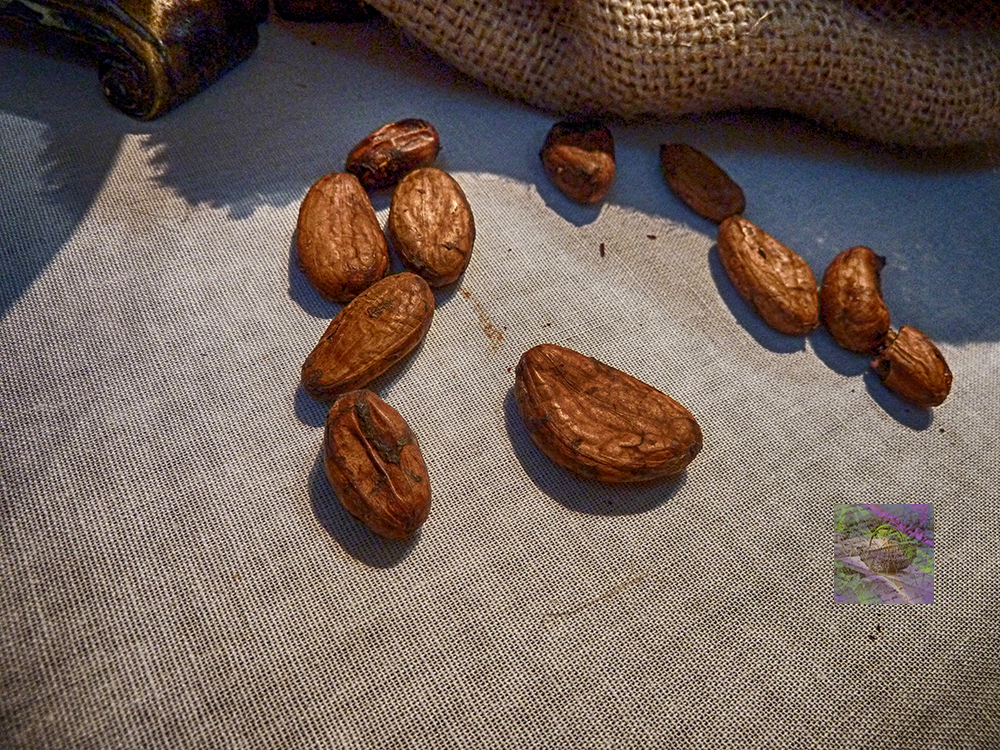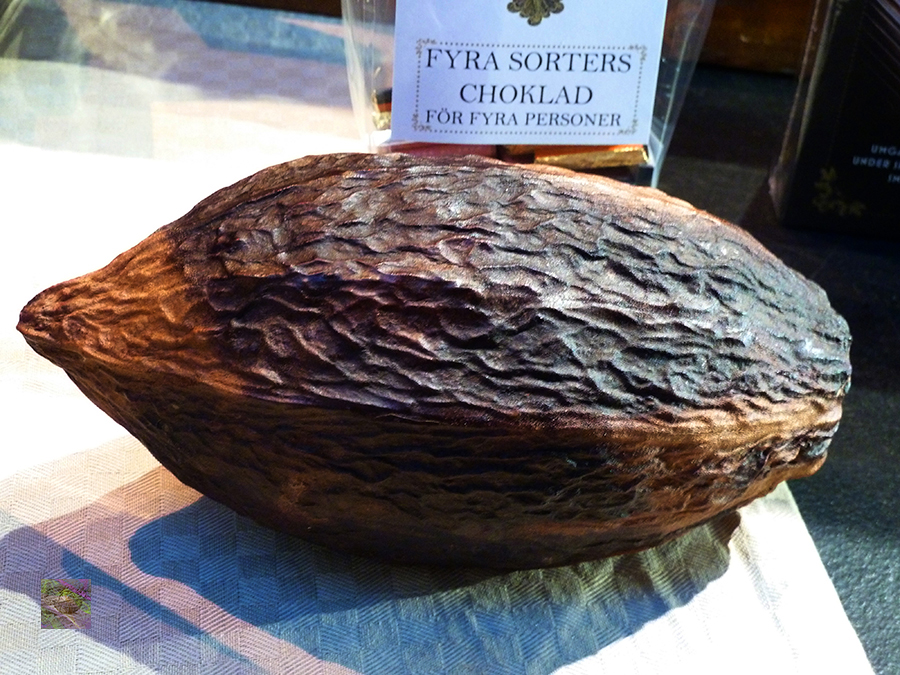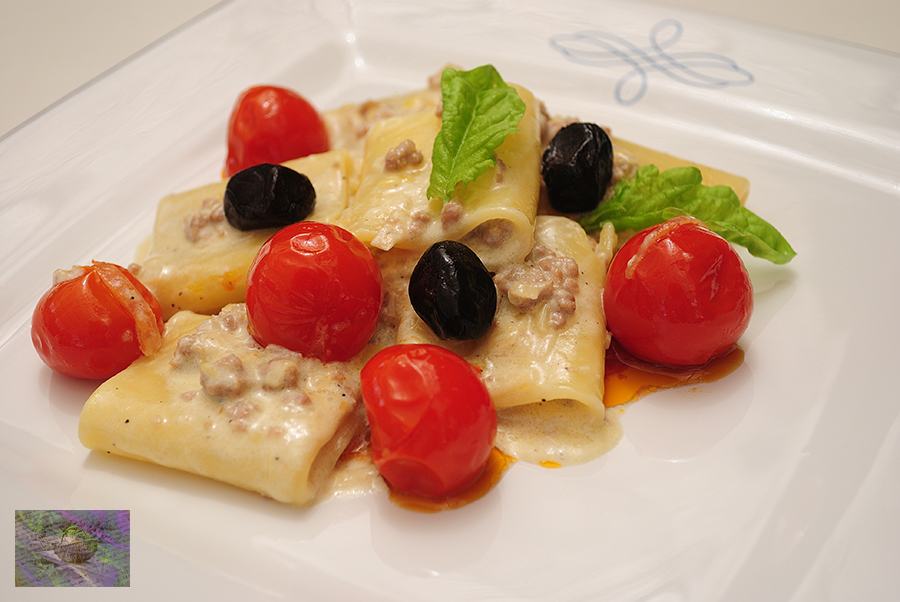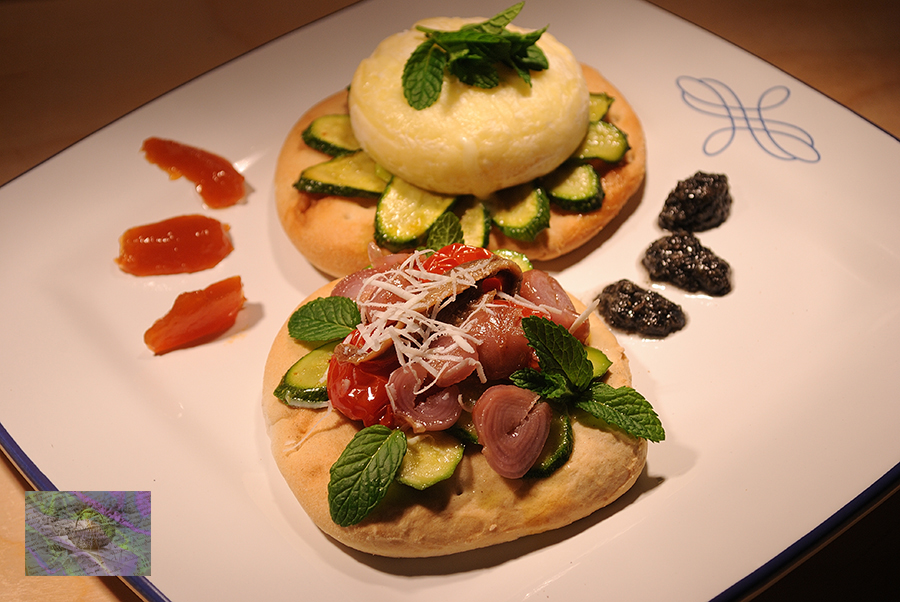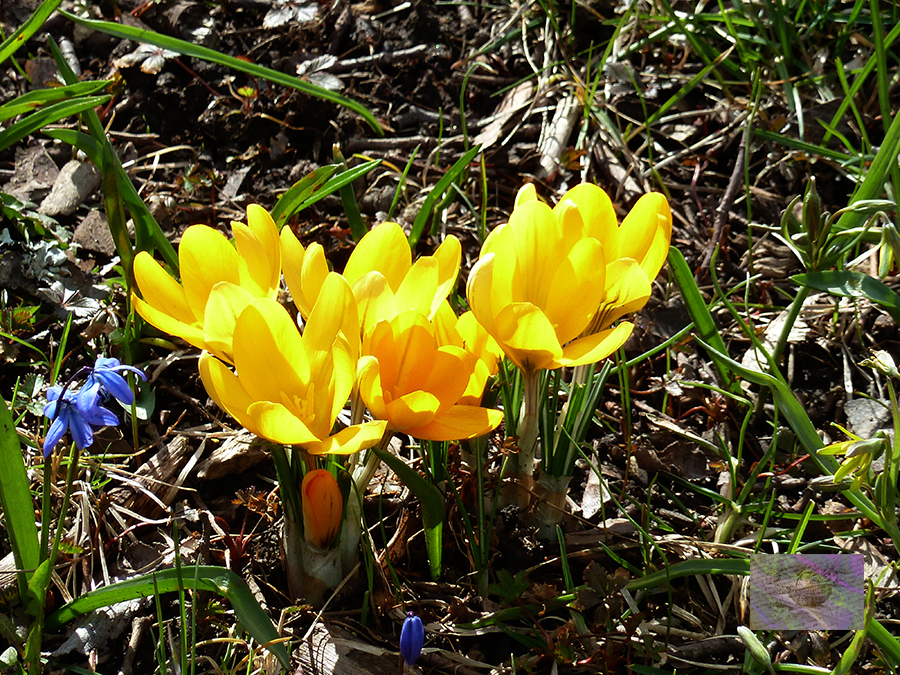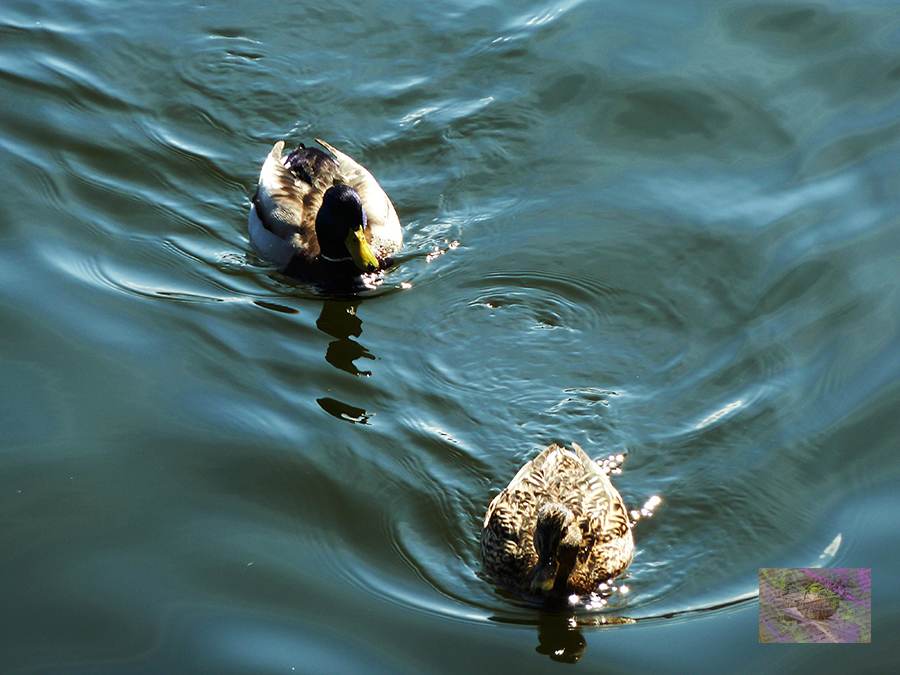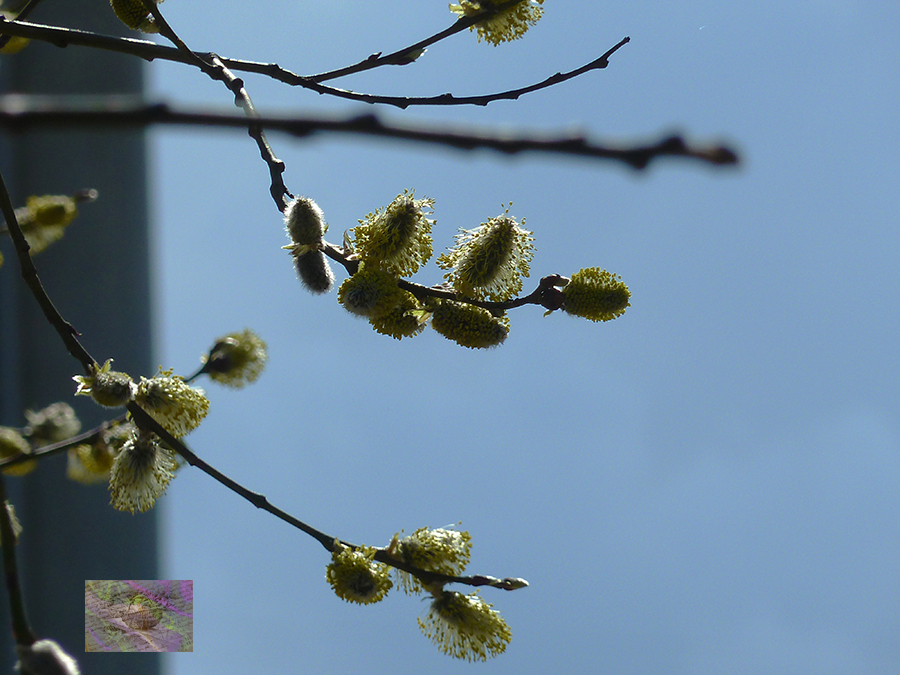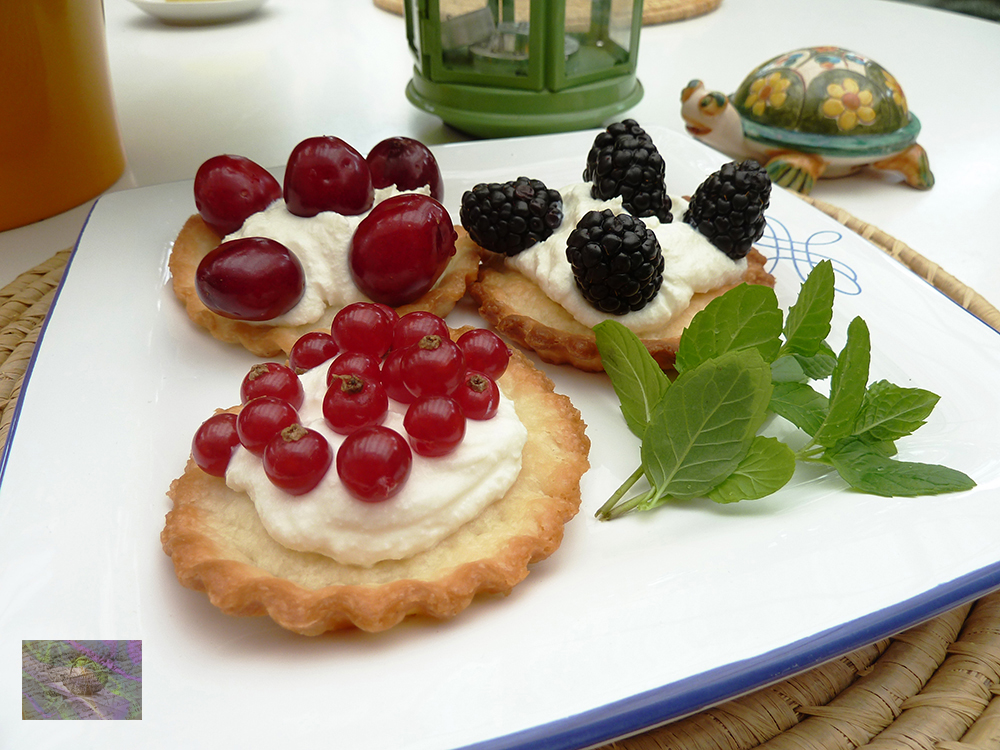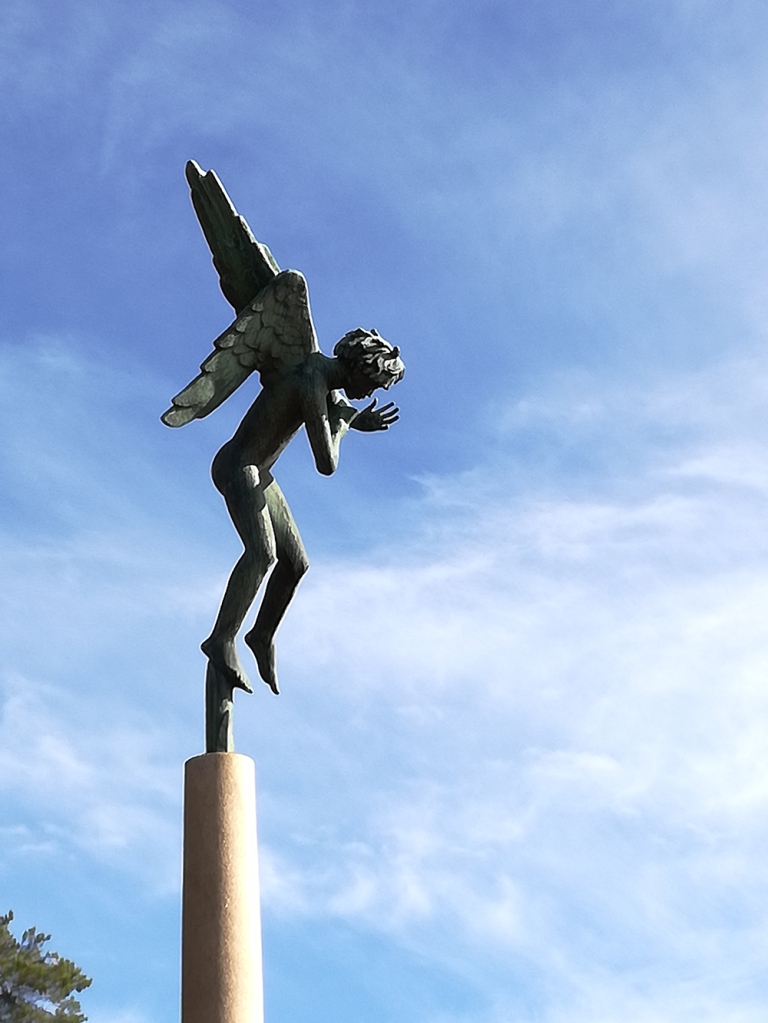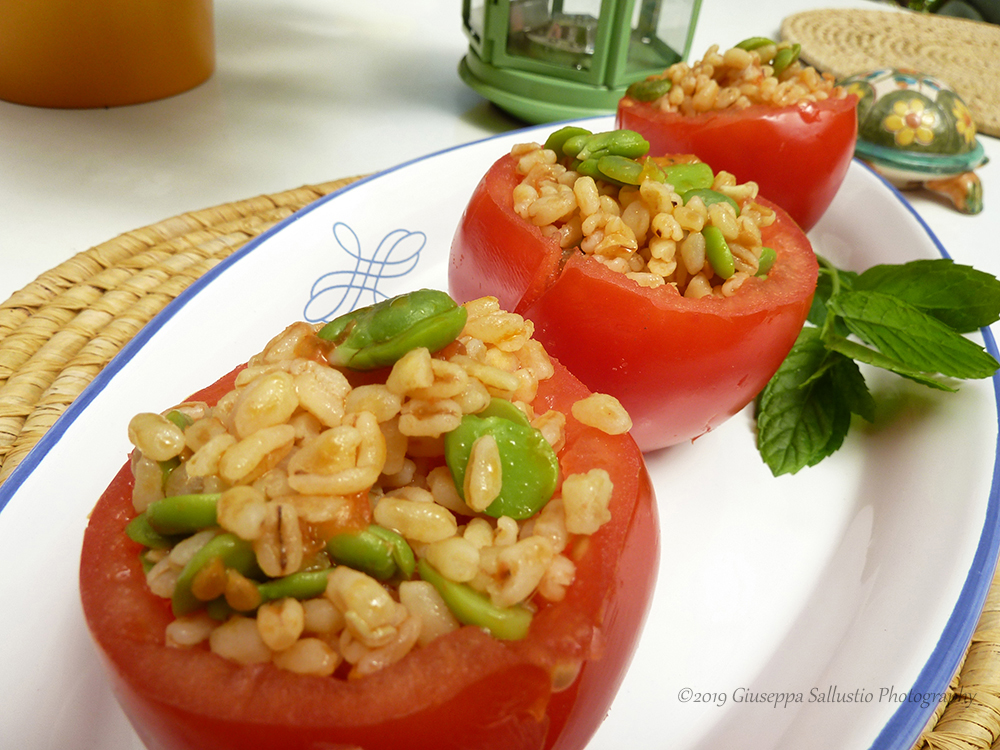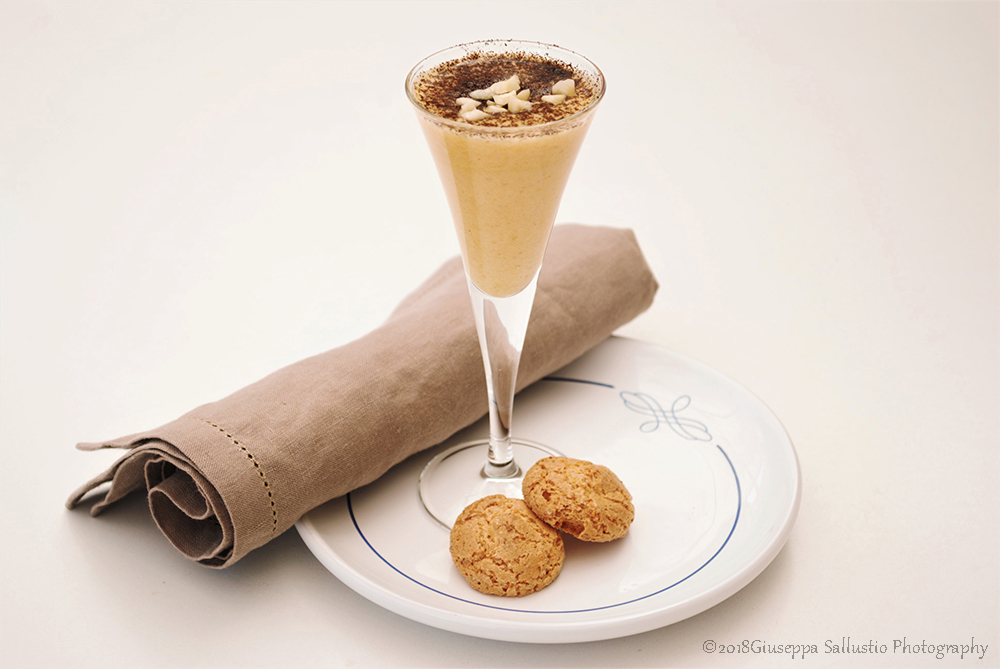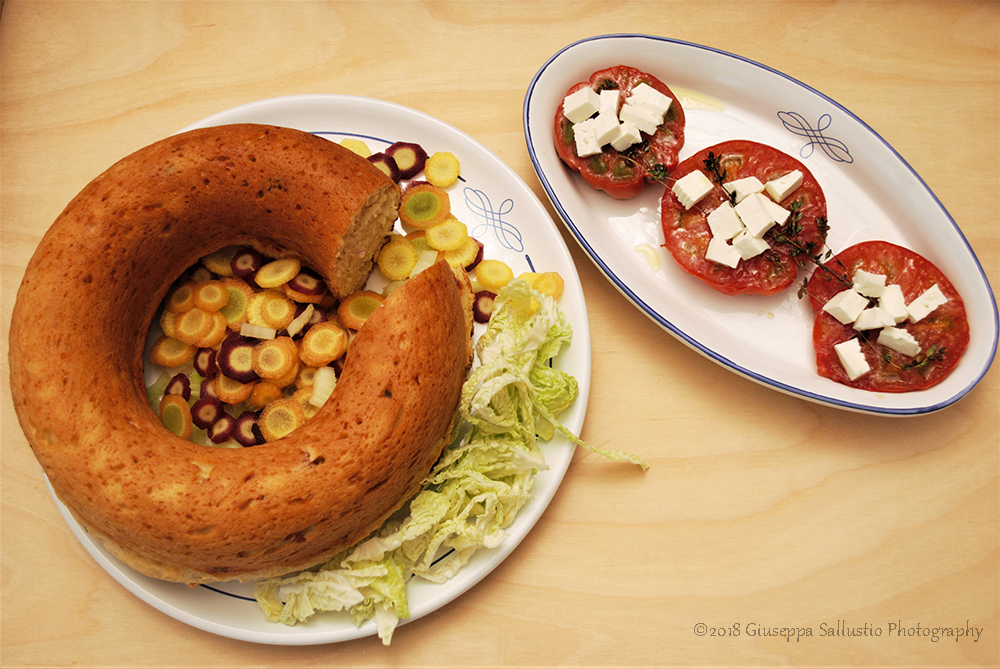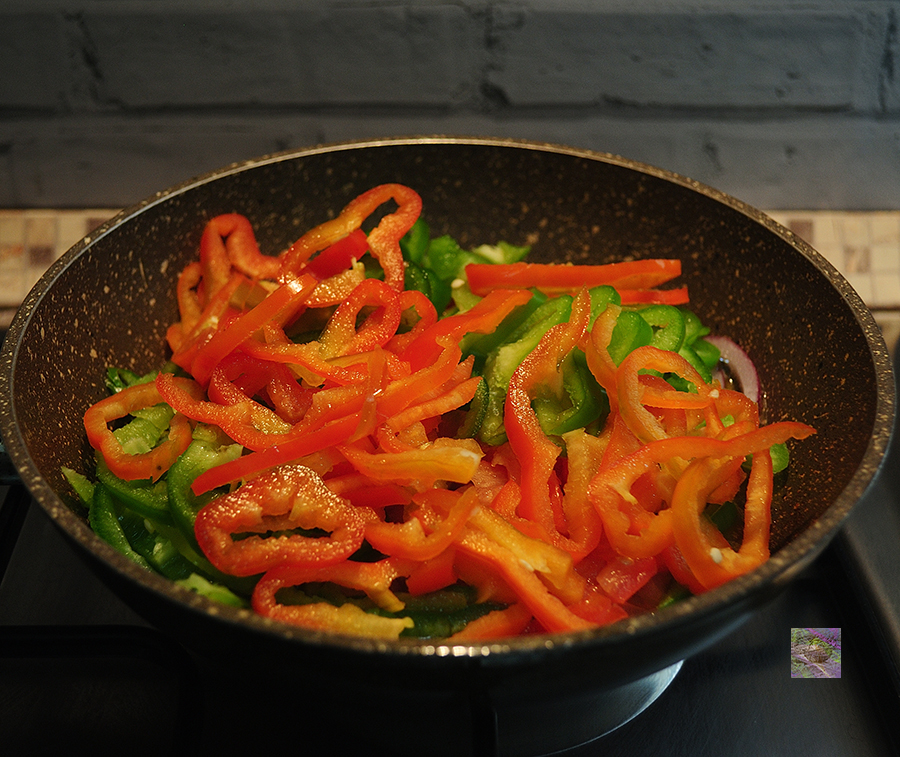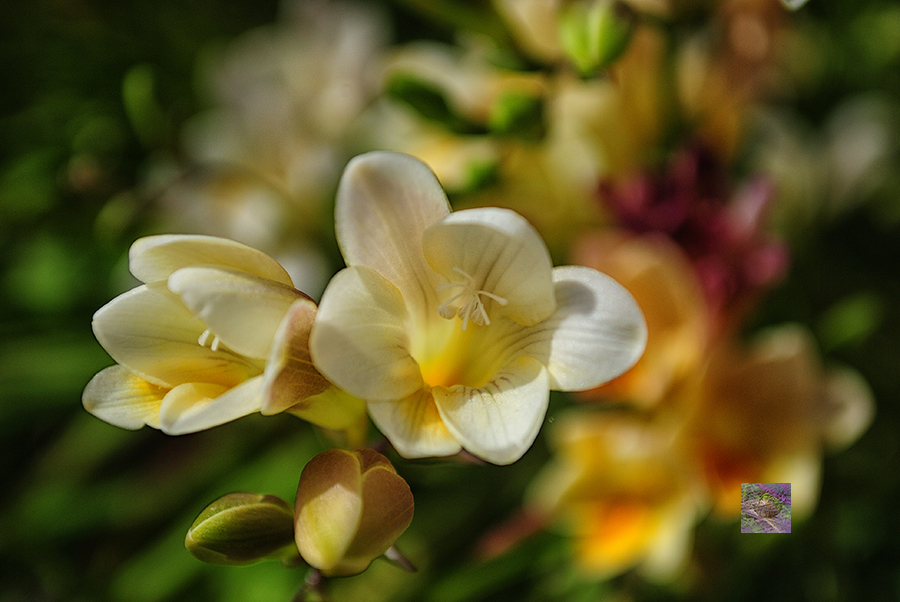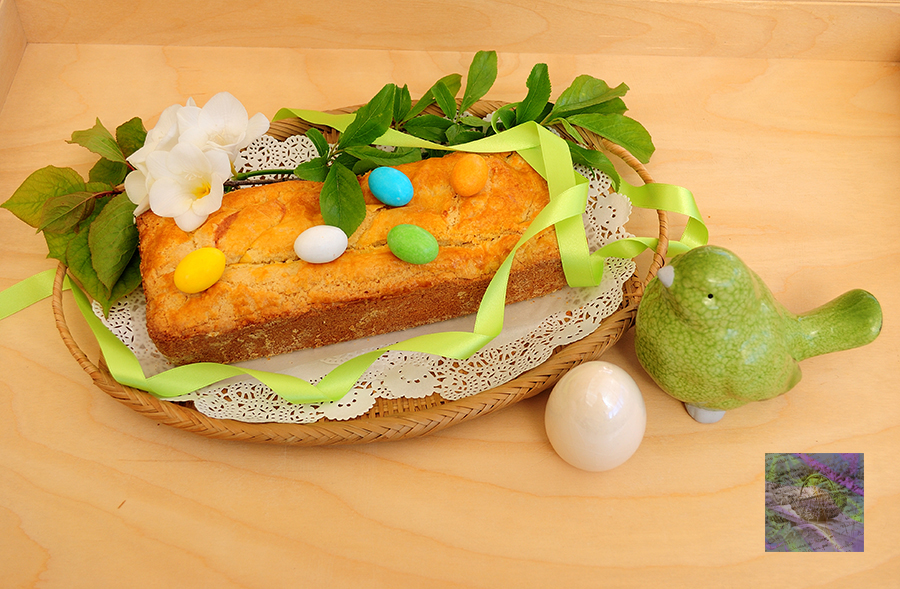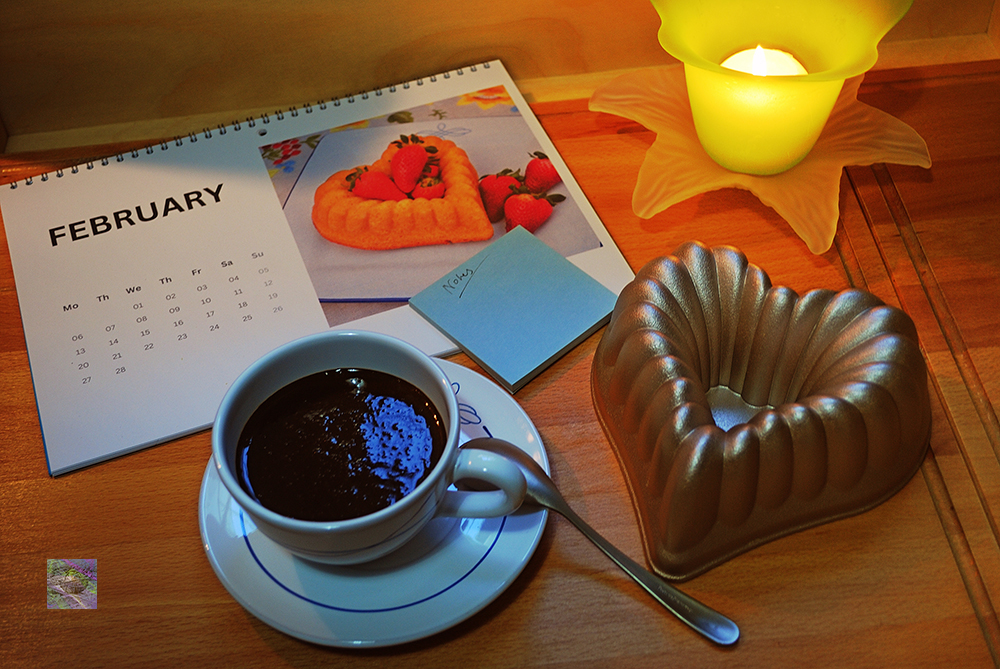




There are several variations of a cheesecase and ways to prepare this delicacy, which has very ancient origins.
Indeed, according to Callimachus (3rd century BC), a representative of the ancient Greek literature of the Hellenistic period, the earliest attested mention of a cheesecake was by the Greek physician Aegimus (5th century BC), who wrote a book on the art of making cheesecakes (πλακουντοπουκόν σύγγραμμα – Plakountopoukón sýngramma).
More over, in Italy, Cato the elder, in his De agri cultura, described a placenta (latin word) cake as a dish made of dough layers, a mixture of cheese and honey, flavored with bay leaves, baked and then covered in honey. Cheesecake must have been delicious at that time too.
During the second weekend of February, I baked a chocolate cheesecake, which tasted sublime. Would you like to try to make it? Here there are the ingredients for a 20 cm ⌀ hinged mold and the description.
200gr mascarpone cheese – 200ml whipping cream – 50gr amaretti – 30gr brown sugar – 30gr butter – 20 gr potato starch – 20gr unsweetened cocoa – 1 egg.
Crumble amaretti finely and work them with room temperature butter. Make a disc with the mixture using a rolling pin and helping yourself with baking paper. Fix the amaretti layer in a greased hinged mold and leave it in a fresh place just for very little.
Whip the mascarpone cheese with eggs and sugar. In another cup, whip the cream firmly and add it to mascarpone cheese, stirring from bottom to top. Add cocoa, then the starch and stir until the dough will be smooth and homogeneous. Spread the creamy mixture on the amaretti layer and bake the cheesecake for about 50 minutes in static oven (170°C temperature). Once out of oven, leave the cheesecake to cool down for a couple of hours in order to set the filling. Enjoy your cheesecake serving it with your preferred decoration. I used whipped cream and sour cherries in syrup.
Wishing a good new week to everybody 🙂❤
